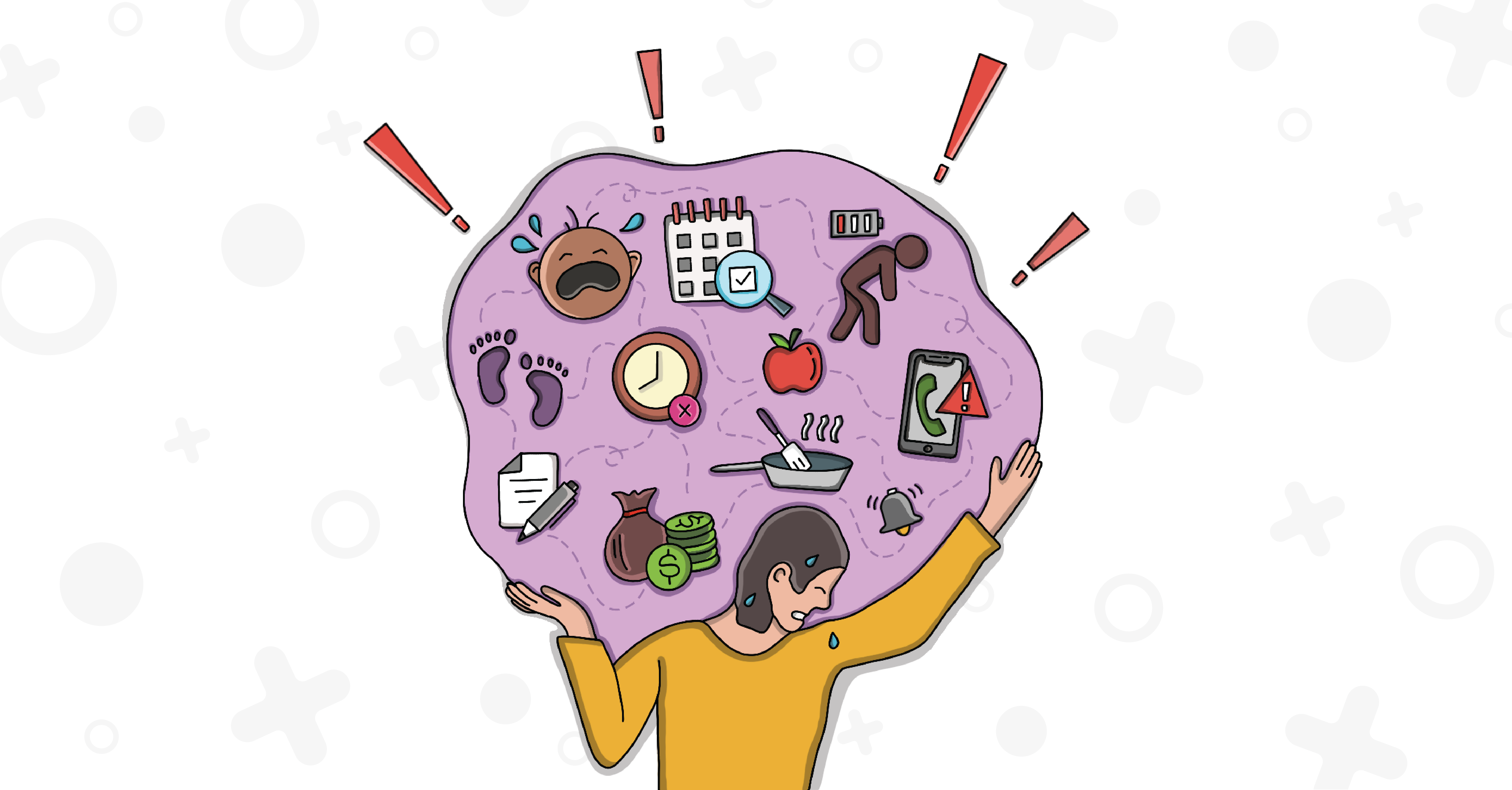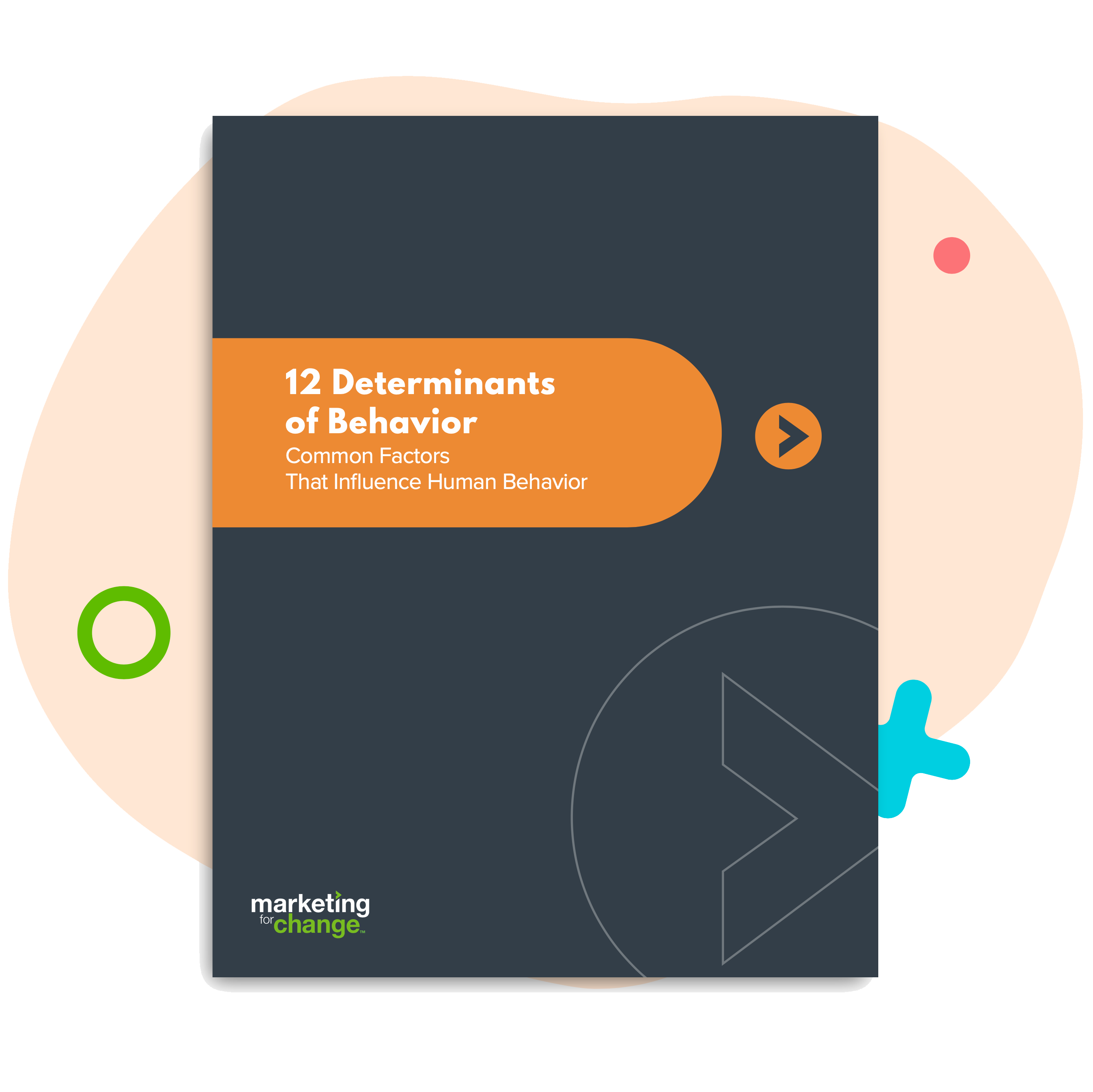
Why Guilt and Fear Appeals Backfire
We’ve all felt it — what I call the “Screw You Don’t Tell Me What To Do” effect. So why do we keep thinking it will work with other people? Here’s what behavioral science tells us about why guilt and fear appeals can make people want to do the very behavior that is being discouraged, and what savvy changemakers can do instead.
Reactance: the Screw You effect
The Theory of Psychological Reactance has been studied for more than 50 years, though it got less attention in the late 1980s and ’90s when, perhaps not coincidentally, fear and guilt appeals hit a heyday. Reactance happens when people feel like they are being told not to do something they think they should be able to do. The more overtly commanding the message (using words such as don’t, should, or ought), the more vivid and explicit the appeal, and the more obviously it is intended to provoke guilt or fear, the higher the degree of reactance.
Here are a few examples:
- The anti-weed campaign that made teenagers want to get high. A 2006 Office of Drug Control Policy campaign Responsibility, Your Anti-Drug featured a public service announcement about a toddler left alone near a pool because the toddler’s brother was getting high instead of babysitting. An evaluation found that adolescents who viewed these messages increased their intentions to use marijuana.
- Anti-littering messages that increased littering. A 1979 experiment by researchers at the University of Arizona found that anti-littering messages that used explicit commands (Don’t Litter) actually generated more litter.
- Don’t tell me I can’t rent that apartment. A 2015 study documented reactance via accelerated heart rates among college students who were told they couldn’t rent an apartment because they were a student.
- Messages on the importance of school that made juniors take high school less seriously. A 2015 study found that the guiltier students felt after reading messages about taking school seriously, the more likely they were to dismiss the message. It’s informative and quite fun to hear them explain why in their own words:
- “Oh, shut up. I’ve seen the words dreams and goal too many times’’
- “1984 by George Orwell’”
- “Don’t tell me what to do’”
- “Brainwashing”
- “**** you!”
- “You ain’t guiltin’ me into nothin’ ”
Your racing heart and your stubborn mind
Recent studies have used heart-rate monitors, skin conductance sensors and tests of cognitive load to explain how reactance works. It helps to understand the dual process theory of the mind popularized by Pulitzer-prize winning behavioral economist Daniel Kahneman in his book Thinking, Fast and Slow. System 1 is our fast-acting, impulsive, emotional mind. System 2 is our logical brain, which kicks in more slowly — and can be hijacked by the feelings-driven System 1.
When we feel our behavioral choices are being unjustly restricted, we react with a three-step process.
- Our heart races, and we feel angry, indignant and rebellious.
- Our brains kick in to make us feel better by “derogating” the source; that is, coming up with all the reasons why the messenger is not to be believed.
- To restore our sense of agency and freedom, we engage in the behavior we are told to avoid.
It’s no surprise that many of the campaigns that have provoked reactance were aimed at adolescents. People tend to be more reactive during key life stages, including the “terrible twos” of toddlerhood, adolescence, and in later life (as many adult children of aging parents know only too well). Reactance is also a personality trait, meaning some people are hard-wired to more easily perceive threats to their behavioral freedom, get pissed off, and want to get even.
The problem for behavior change campaigns is that the people you most need to reach are often those very same rebels without a cause.
So what’s a changemaker to do?
If you’ve learned one thing from reading the Fun Easy Popular blog, I hope it’s that there is no silver bullet, no perfect methodology, no plug-and-play way to guarantee messaging success. As behavioral scientists like to say, context is everything.
But here are three things you can do to limit the chances of reactance.
- Ask your audience. Reactance occurs when people feel that their freedoms are being unreasonably restricted — and unreasonableness is in the eye of the beholder. Be sure to test and track your campaign messages with your audience to make sure you are not provoking a boomerang effect. When we test campaign messages with new moms, for example, they are quick to point out which ones tick them off.
- Offer empathy and help. I have yet to meet the person who likes to be told that they are wrong, and then to be told all the reasons why they are wrong. A better approach is to build on what people are already doing right. For example, instead of telling teenagers that their risk of dying in a car crash skyrockets if they catch a ride with a new driver, our Ride Like a Friend campaign tapped into teens’ self-standards for friendship with tips for how they could reduce the distractions that raise crash risks.
- Preserve agency through choice. Psychologists define “agency” as having control over your life and the decisions that you make. It is closely related to “dignity of risk,” which is the idea that self-determination and the right to take reasonable risks are essential for dignity and self esteem. Researchers have shown that reactance to an overly prescriptive message can be reduced simply by stating that people are free to make their own decisions about how to act.
So after all of this, if you still want to use a fear or guilt appeal, all I can say is: the choice is yours.

Sara Isaac is the agency’s chief strategist.






